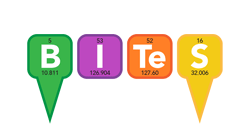This is the second year that I’ve taught JMU’s foundation level course in inorganic chemistry since VIPEr has been around. VIPEr has allowed me to adapt and adopt ideas from the community, and I think my course is much the better for it. This year, both the existing LOs and new ones generated from our community challenges have positively impacted my class.
